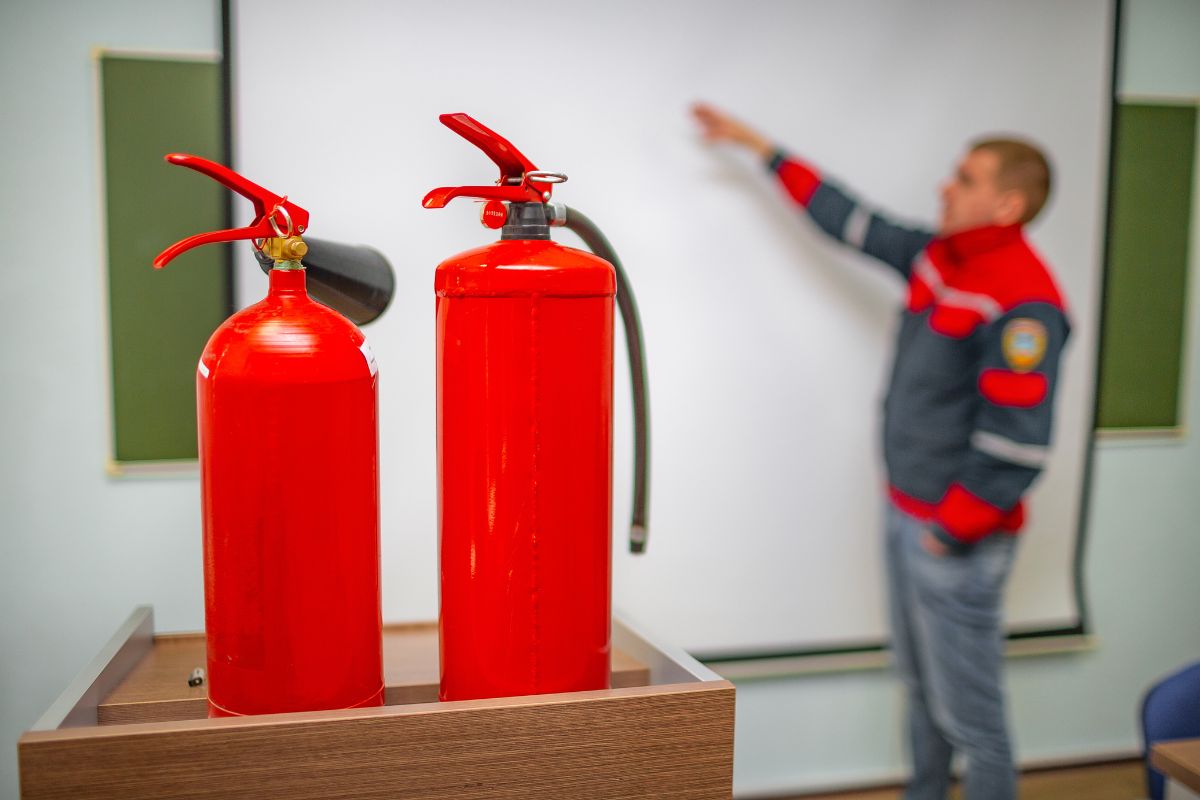Creating an Effective Fire Safety Plan Specific to Your Business

Every business in Vancouver, from downtown office towers to industrial warehouses and restaurants, must have a fire safety plan that reflects its specific risks and layout. A generic template is not enough. The most effective plans are tailored to how your business operates, the materials you handle, and the number of people on-site. Whether you are managing a retail store on Granville Street or a warehouse in Burnaby, a well-designed fire safety plan protects employees, property, and customers while ensuring compliance with the Vancouver Fire By-law and BC Fire Code.
Why a Customized Fire Safety Plan Matters
Fire safety regulations in Vancouver require every commercial and multi-unit building to maintain a written plan that includes evacuation procedures, maintenance schedules, and staff training. However, the risk factors vary widely between industries. A restaurant faces different hazards than an office or manufacturing facility. Customization ensures that the plan addresses real threats instead of relying on broad assumptions.
A tailored plan also improves response time. When every employee knows where extinguishers, exits, and alarms are located for their specific area, emergencies are handled faster and more efficiently. This precision can prevent minor incidents from becoming major losses.
Step One: Identify Your Fire Risks
The first step in creating a business-specific fire safety plan is assessing what could cause or worsen a fire on your premises. Different industries face different risks.
- Offices and retail spaces: Electrical faults, overloaded outlets, and paper waste accumulation.
- Restaurants and food services: Grease buildup, cooking equipment, and improper storage of flammable liquids.
- Warehouses and industrial sites: Combustible packaging, chemicals, and machinery overheating.
- Healthcare or assisted living facilities: Limited mobility among occupants and high electrical load from equipment.
Once you identify your key risks, prioritize them based on likelihood and potential damage. This helps determine where to place extinguishers, alarms, and sprinklers, as well as how often staff should receive fire response training.
Step Two: Understand Local Requirements
Vancouver’s Fire By-law No. 8191 mandates that fire safety plans be developed and maintained for all commercial and residential buildings with shared occupancy or significant fire risk. Plans must include clear evacuation procedures, maintenance records for fire protection systems, and training documentation for staff.
Working with a certified fire protection company, such as Radius Fire, ensures your plan meets all City of Vancouver standards. Professionals can also conduct annual inspections and help you submit required documentation for compliance.
Step Three: Design Clear Evacuation and Response Procedures
A strong fire safety plan outlines exactly what to do the moment an alarm sounds. It identifies escape routes, assembly areas, and responsibilities for key staff members. Every plan should answer three critical questions:
- How will occupants be alerted?
- Where will they go during an evacuation?
- Who is responsible for assisting people with mobility challenges or shutting down critical operations?
In multi-story buildings, mark exits on every floor and post evacuation maps in common areas. Staff should know at least two exit routes from their work area. If your business operates at night or has high employee turnover, extra signage and regular drills become even more important.
Step Four: Train and Empower Your Team
Fire safety depends on people as much as systems. Even the best plan will fail if employees do not understand it. Training should cover how to use fire extinguishers, operate alarm pull stations, and follow evacuation routes. Regular fire drills, conducted at least twice a year, help reinforce these steps.
For large businesses, appoint designated fire wardens or safety coordinators on each floor or department. Their job is to check rooms, guide staff, and communicate with emergency responders. Clear leadership during an emergency can make the difference between confusion and an orderly evacuation.
Key training priorities for every business:
- Familiarity with fire extinguisher locations and types
- Knowledge of alarm pull stations and exit routes
- Understanding of how to assist vulnerable individuals
- Reporting procedures for hazards or false alarms
Step Five: Maintain and Review Your Plan
Fire safety is not a one-time project. Businesses evolve, floor layouts change, and new equipment or materials may alter fire risk. Review your fire safety plan annually or whenever major renovations occur. Make sure fire protection systems such as sprinklers, alarms, and extinguishers are inspected regularly and documented according to Vancouver Fire Rescue Services requirements.
Keep both printed and digital copies of your plan available to staff and local fire authorities. A plan that sits in a drawer does no good; it should be part of your company culture.
Building a Safer Future for Your Business
Fire safety planning protects more than your building. It preserves livelihoods, ensures compliance, and builds confidence among employees and customers. By customizing your fire safety plan to your specific business type, you create a safer and more resilient workplace that aligns with Vancouver’s fire protection standards.
Radius Fire can help your organization design, implement, and maintain a plan that meets both regulatory requirements and your operational needs. A well-prepared business not only minimizes risk but also creates a safer community for everyone in Vancouver.




